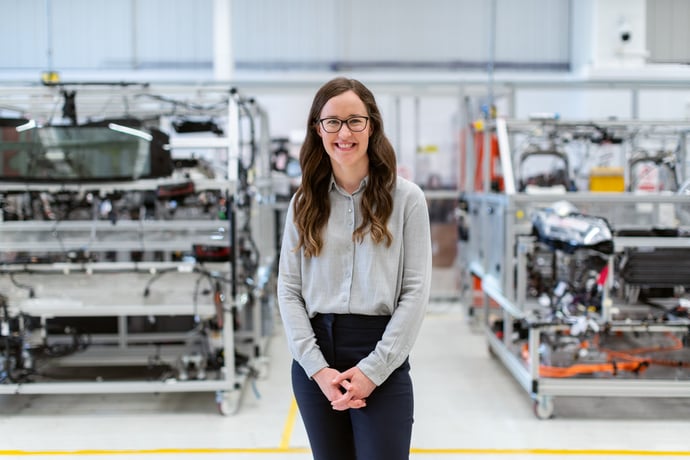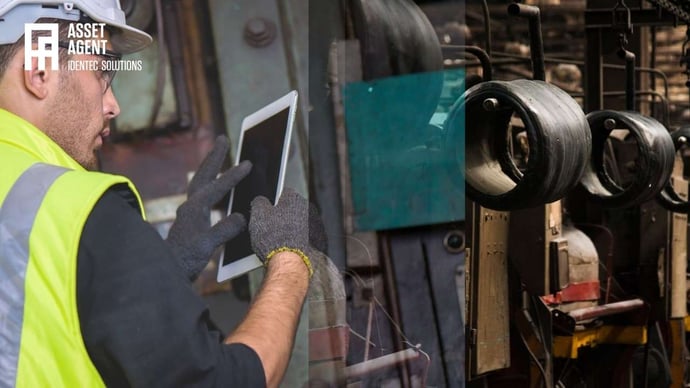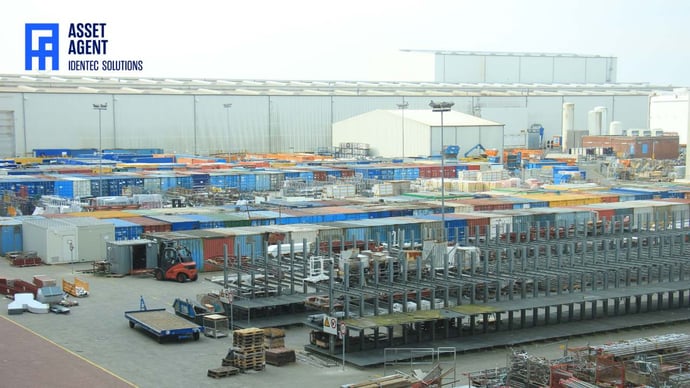Shop Floor Layout and Production Optimization
| Written by Mark Buzinkay
When process optimisation is done right, optimised processes will lead to greater efficiency. The key lies in the effectiveness of activities but also the layout of the production line.
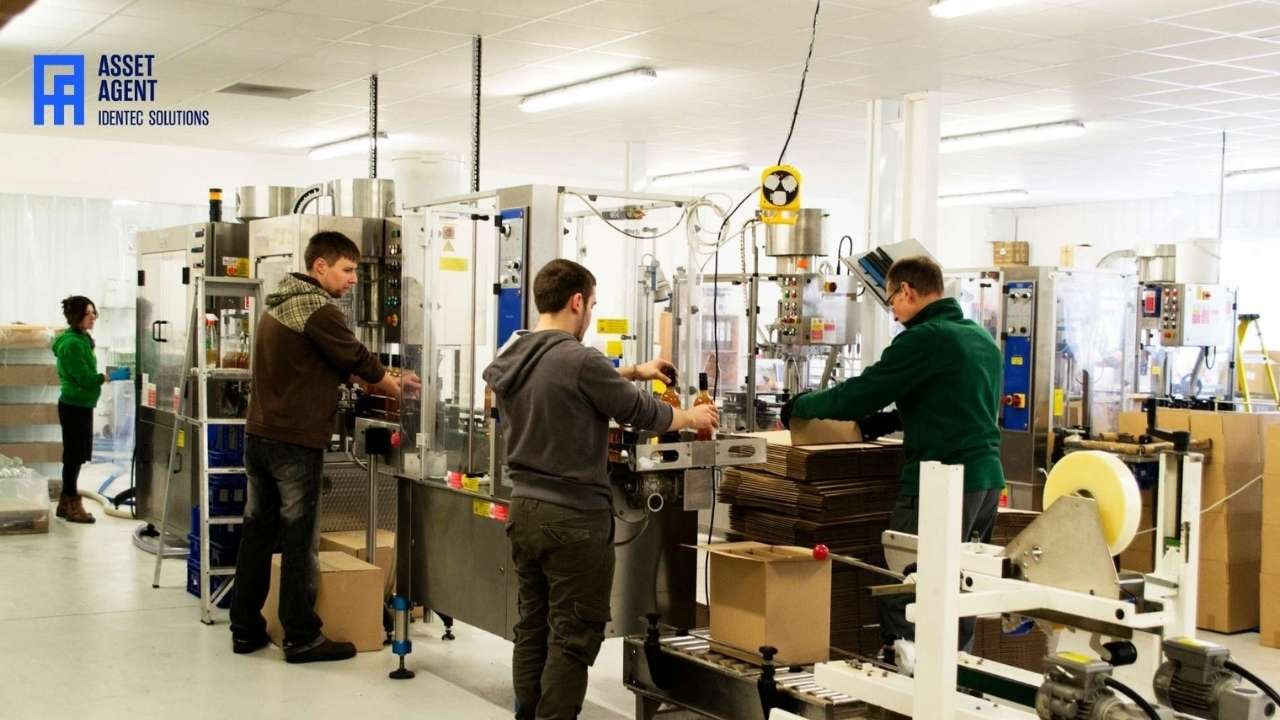
No video selected
Select a video type in the sidebar.
PRODUCTION OPTIMISATION AND SHOP FLOOR LAYOUT
Production optimisation can be defined as a collection of activities designed to increase productivity in the production system. This definition is different to process optimisation, where the improvement effort is focused on making the finished product more efficient.
The production management system in Industry 4.0 focuses on enhancing productivity while adhering to constraints through sustainable production planning models. In the current landscape, this objective is achieved using a variety of methods, including lean manufacturing, kaizen, smart manufacturing, flexible manufacturing systems, cyber-physical systems, artificial intelligence, and the industrial Internet of Things. According to Tripathi et al., these methods are applied in operations management across industries to maximize productivity, improve the cleanliness of the shop floor environment, and address important factors like worker safety and product quality (1).
Production optimisation can include tools, staging areas, inventory protocols, facility layout, conveyance, and more. It can be used in most manufacturing operations for almost any assembly process to deliver more excellent value. With Industry 4.0 standards and potential, real-time data analysis allows companies to understand the changing conditions and flow of the system. Engineers use such insights to increase productivity and optimise production rates (for instance for an efficient vehicle yard management).
But there are hidden traps of process optimisation that engineers can avoid when they look from the production optimisation perspective:
Improved inventory
Real time data can spotlight difficulties in the flow of materials. You don't want to have misplaced or unused material or assets, so you need accurate visibility in the production area. Workers must quickly identify materials and prioritise them for optimal machine productivity.
Wasted space
Wasted space refers to a not-used area or not adequately used space. It adds to the costs of the entire production line and may obstruct or enlarge production paths. In the worst scenario, it is used to store material without a clear idea of what to do with it.
Bottlenecks
Jams can trigger work stoppage in upstream production processes. For example, optimising a workstation's output will probably deal with a bottleneck resulting from this upstream increase.
Focus only on the process
If too much inventory is tied up for too long, it hurts cash flow, and due to multiple moves, it may also increase labour cost to move products from station to station unnecessarily.
The most significant contrast between production and process optimisation is that process optimisation eradicates unnecessary steps in a specific process step within the production system. However, production optimisation seeks to optimise the system itself. Therefore, it optimises based on real-time data to look at flow rates, machine layout, labour utilisation, and other factors to improve the physical performance and design of the entire production system.
Process optimisation will contain stages such as:
-
Determining problems specific to the process
-
Exploring the current state to create the desired state (learn more about asset tracking with RFID)
-
Auditing the difference to see results
-
Observing the change to keep it on track
Production optimisation will include steps such as:
-
Changing plant layout
-
Modifying or rearranging machines and tools at the point of use
-
Implementing new work-in-process (WIP) procedures
-
Training operators and technicians on how to respond to automated alarms and insights on the monitoring system to eliminate old habits
-
Creating new internal inventory delivery procedures
-
Assessing monitor and human-machine-interface (HMI) layout
If you want to take it one step further, continue reading about Industrial Process Optimization.
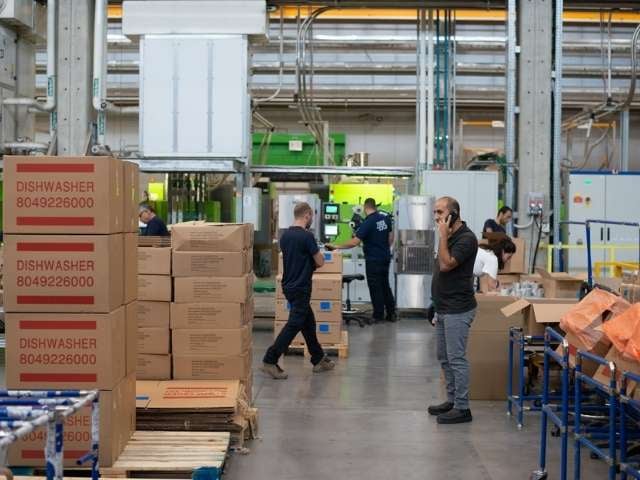
THE PATH TO SHOP FLOOR LAYOUT OPTIMISATION
Singh and Yilma (2) suggest that the effectiveness of a manufacturing facility largely hinges on the configuration of its machinery and departments. Standard plant layout strategies focus on arranging machines and departments optimally to reduce manufacturing time, increase turnover of work-in-process, and boost overall company output. The ability to modify an existing manufacturing system is crucial for maintaining competitiveness in the business environment. In the United States, it is estimated that over $250 billion is spent annually on facilities planning and re-planning. Additionally, 20%-50% of total manufacturing costs are associated with material handling, and effective facility planning can cut these costs by 10–30%. To thrive in today's competitive manufacturing landscape, managers must explore new facility planning approaches. Indicators of the need for a facility re-layout include congestion and poor space utilization, excessive in-process inventory, lengthy and disrupted workflow paths, bottlenecks alongside idle workstations, skilled workers performing too many simple tasks, worker discomfort and anxiety, accidents, and challenges in controlling operations and personnel (3).
As discussed, industry 4.0 not only gives you data-driven production but will enable you to make changes to eliminate waste and eventually optimise production performance and lower costs. A suitable method to identify, reduce and eliminate waste in a production process is:
-
The breakdown of the flow of processes
-
The identification of waste
-
A review of whether the process can be rearranged in a more efficient arrangement
-
Consideration of a better flow pattern involving further flow layouts or transport routeing
-
A reflection of whether everything being done at each stage is necessary and what would happen if extra tasks were removed.
Further reading: How to increase tire output in brownfield production plants
With an increasing degree of digitalisation in the manufacturing area, data become available for process monitoring, analysis, and optimisation. There are many spots where analytics can improve a factory's overall performance, such as uncovering bottlenecks and anomalies. But, first, data is necessary to tackle the abovementioned challenges (1-5).
One aspect mentioned above is to ensure short transportation paths. A factory's layout is a crucial factor in optimising the productivity of production lines. This optimisation mainly comprises the machine tools' positions concerning places where supply goods are being delivered and other tools are stationed. Keeping enough material close to the operations will lower storage and shorter the movement of material. The material handling can be improved by either better utilising the current system or reducing the necessary steps such as using forklifts, automated handling equipment and lifting aids for manual handling.
However, shop-floor layout optimisation can be challenging:
- Automatic optimisation is expensive - due to the large number of possible solutions.
- Unmodeled constraints are unexpected and result in errors
- Manual optimisation by experts is challenging - there are many parameters
Further reading: Asset Tracking - RTLS, RFID and software
How to optimise SHOP FLOOR LAYOUT?
Despite the challenges, production optimisation is a must and shop floor layout is part of it. Having the technology available, some companies realise the need to move machines or change the factory's entire design.
As important as material flow is, workers' path is also crucial. Unnecessary paths can impair a factory's productivity, as machines may need to wait for workers who operated another machine and are still on the way due to the long distance between the machines.
Often, pathing problems for workers are difficult to account for during the layout planning phase, for instance, changes in a production line over time (e.g., machinery replacement), the addition of new production lines, or changing work timetables. However, there are numerous approaches to support the workers' pathing during production, for example, visual cues the on floor or providing the best path to the nearest machine terminal. It is also achievable to optimise the positions of movable parts, such as shared tool containers.
Tracking material (carrier tags; further reading: efficiency with RTLS) or workers (wearables) solves the lack of data and feeds path analysis. It provides the necessary information to recreate typical work-related paths (flows) and is the foundation for the next step: pathing optimisation. Additionally, it gives an idea of which parts of the layout are most promising for optimisation and most suitable for relocation.
Seeing the bottlenecks and the lost "meters" gives you an immediate idea of where to focus on your shop floor redesign. It is the defining step into an improved shop floor layout - reducing or eliminating waste in the form of unnecessary motions, inefficient transportation and idle time of machines and workers. For example, as an outcome of shop floor layout optimisation, we could recommend the relocation of work or machines, transportation means such as conveyor belts, investing in additional transport vehicles (such as forklifts) or automation.
TAKEAWAY
Optimising a production line is not only optimising processes. Machines, materials, personnel and the path in between are essential to increase your shop floor's productivity. An analysis of current patterns, process steps, bottlenecks and waste in the form of lost time is crucial to perform the slightest improvement. A new shop floor layout may be a consequence.
Extended reading: Real-time locating system and industry 4.0
Glossary
In-process inventory, also known as work-in-process (WIP) inventory, comprises partially completed goods that are still undergoing production within a manufacturing system. This inventory includes the costs of raw materials, direct labour, and manufacturing overhead allocated to products that are not yet finalized. Effectively managing in-process inventory is crucial for optimizing production efficiency, controlling costs, and ensuring accurate financial reporting.
Sources:
(1) Tripathi, V.; Chattopadhyaya, S.; Mukhopadhyay, A.K.; Sharma, S.; Li, C.; Di Bona, G. A Sustainable Methodology Using Lean and Smart Manufacturing for the Cleaner Production of Shop Floor Management in Industry 4.0. Mathematics 2022, 10, 347. https://doi.org/10.3390/math10030347
(2) A. P. Singh and M. Yilma, "Production floor layout using systematic layout planning in Can manufacturing company," 2013 International Conference on Control, Decision and Information Technologies (CoDIT), Hammamet, Tunisia, 2013, pp. 822-828, doi: 10.1109/CoDIT.2013.6689649.
(3) J. Balakrishnan and C.H. Cheng, "Multi-period planning and uncertainty issues in cellular manufacturing: A review and future directions," European Journal of Operational Research, Ed.177, 2007, pp. 281-309
(4) https://smallbusiness.chron.com/inprocess-inventory-15478.html
Note: This article was updated on the 10th of January 2025

Author
Mark Buzinkay, Head of Marketing
Mark Buzinkay holds a PhD in Virtual Anthropology, a Master in Business Administration (Telecommunications Mgmt), a Master of Science in Information Management and a Master of Arts in History, Sociology and Philosophy. Mark spent most of his professional career developing and creating business ideas - from a marketing, organisational and process point of view. He is fascinated by the digital transformation of industries, especially manufacturing and logistics. Mark writes mainly about Industry 4.0, maritime logistics, process and change management, innovations onshore and offshore, and the digital transformation in general.
Related Articles
Related Product
